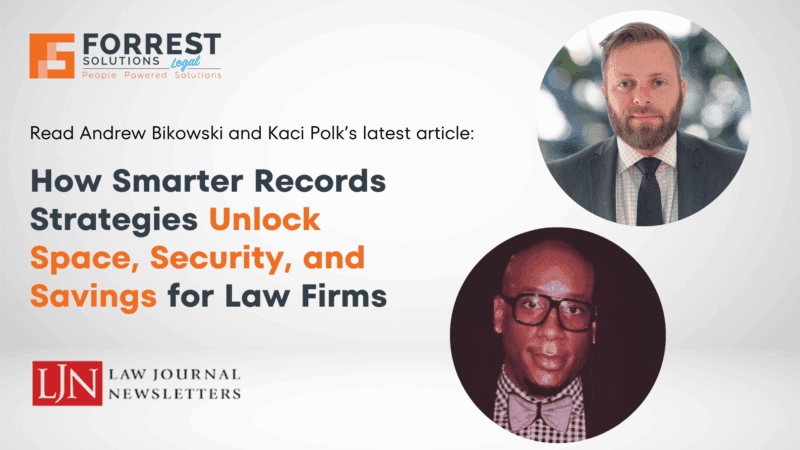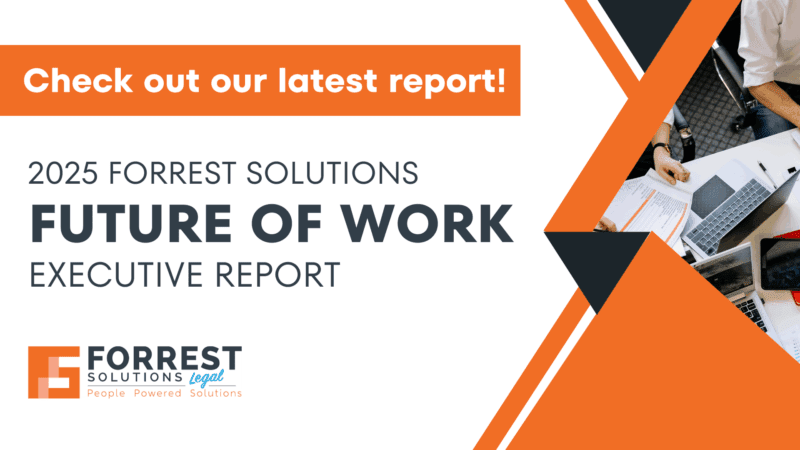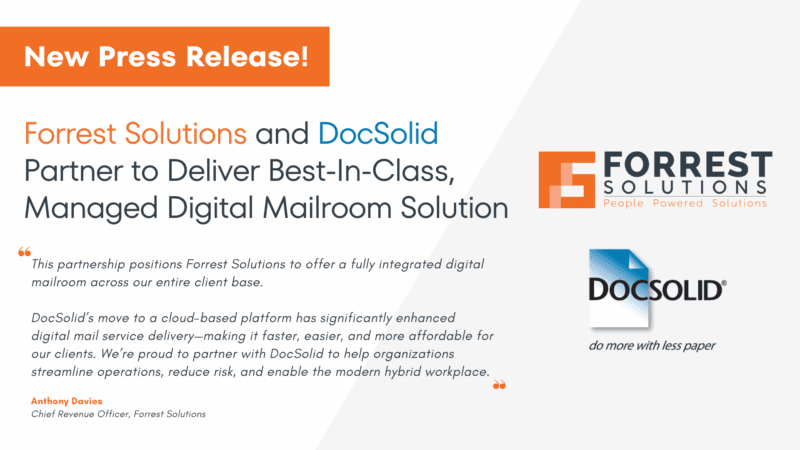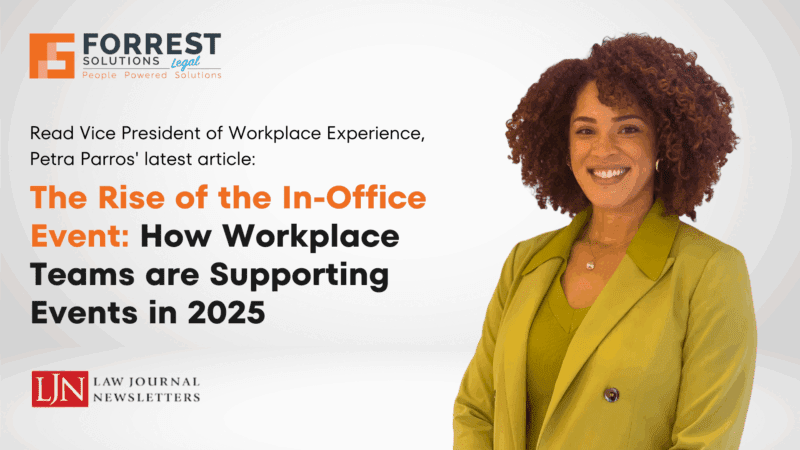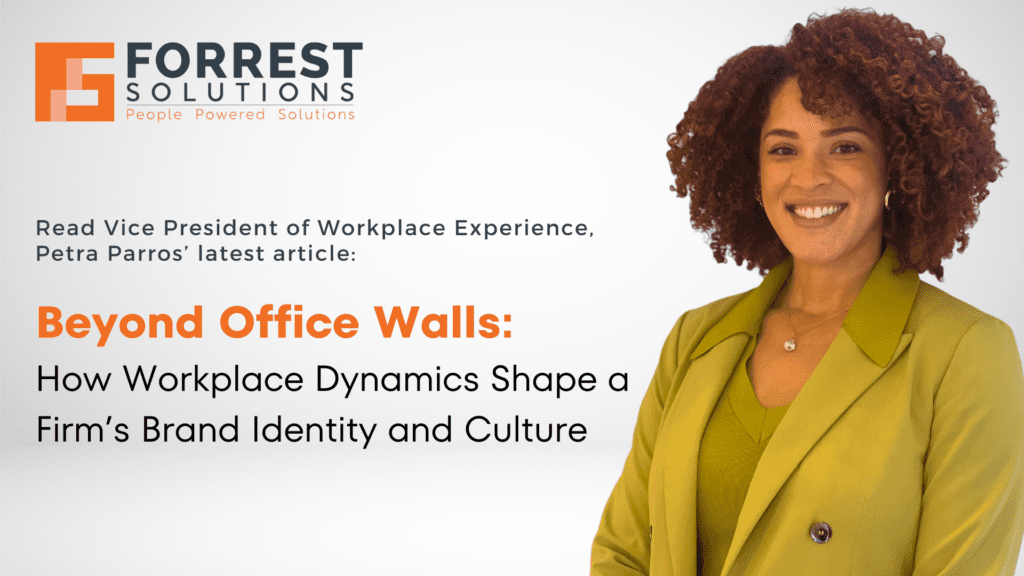
The reputation of top organizations no longer rests on just the quality of their services and products. The dynamics within an organization’s walls speaks volumes of their identity, mission, and culture. The dynamics of the in-office experience for clients, the design, how employees are treated and supported, and the benefits offered are all elements that are known to the public and professionals.
Think about companies like Amazon, Apple, and Google; less than a decade ago they were known for their creative office designs that supported productivity, work-life balance, and offered out of the box amenities for their employees. As top organizations increasingly recognize, fine-tuning workplace dynamics is not just a matter of internal efficiency; it’s about sculpting the brand itself.
Organizations are facing the challenge of transforming their workplaces into more than just traditional office spaces where employees are expected to convene. Top talent wants to see a connection between the service provided to clients and the internal service provided to an organization’s employees. Internal staff seek to be treated like the customer, where the priority is ensuring a seamless experience where their needs are anticipated.
To ensure the most buy-in from the professional, organizations must go the extra yard to shape a culture and brand identity that so that it aligns with current talent and attracts the industry’s top talent — but how?
Define Your Mission for Workplace Experience
In an era where companies are enticing top talent with major transparency in their operations, the workplace experience stands out as a tangible representation of an organization’s service model. Many organizations struggle to articulate their workplace mission, which inevitably seeps into the client experience. It’s key to live by the motto, “If you take care of your employees, they will take care of your clients,” as this philosophy has remained a key driver in the evolution of Workplace Experience.
An office that is clear about its mission exudes a sense of purpose and direction. Clients and candidates can sense when an organization’s values are more than mere words on a website. They must be lived experiences, palpable in every interaction and physical space. This synergy between belief and behavior fortifies an organization’s brand and sets the stage for authentic client relationships.
Prioritize Employee Time Effectively
At the heart of the employee experience is the allocation of their time. Should staff focus on non-revenue-generating tasks, or should they direct their efforts towards activities that add directly to the bottom line? Depending on the industry, the answer may not be the same.
In Banking and Finance, Advisory, and Corporate firms, it is important to place an emphasis on the productivity of the employee and maximizing the billable hour. In the legal industry, their workplace mission is typically geared around mentorship collaboration and ensuring their talent is the right cultural fit for their firm. For tech and real estate firms, they are focused on implementing technology at all touch bases of the employee experience.
When we curate Workplace Experience Solutions for our client, we remind them that an environment designed around service and innovation encourages employees to engage mainly on their core job functions. The tedious, non-essential tasks should be offloaded to specialized roles to centralize duties and optimize efficiency.
In short, success comes when employees can contribute more of their time to their expertise and clients and less on the mundane, time-consuming tasks that can be redistributed to support experts.
Consistency in Initiatives Implementation
We are in a time where almost every department within an organization is implementing new initiatives to improve the employee experience. Without alignment amongst these efforts, employees often are overwhelmed with the amount of incremental change that can be occurring.
Whether you are gearing initiatives to create a service-oriented environment or encouraging self-sufficiency among employees, it is imperative that your overall mission be clear and consistent to the employees. When the employees cannot see the “Why?” that guides decisions on new technologies or practices, they are less likely to support, use, or provide constructive feedback during the roll out process.
Employees need a coherent narrative that is trickled down to all level of an organization in order to buy into change. Without it, new initiatives flounder, failing to resonate with the established goals and values of the organization.
The Crucial Role of Administrative Support
Administrative support staff often serve as the primary ambassadors of company culture. They set the tone for the workplace and, by extension, the brand. This makes the recruitment process critical to the success of elevating the company brand.
Hiring out of desperation or without a clear cultural fit can have dire consequences for the company’s identity. Instead, finding candidates who embody the organization’s values from the get-go ensures a stable, consistent culture that aligns with the brand’s mission.
The takeaways are clear: the internal dynamics of the workplace are a direct conduit to an organization’s external identity. By defining a clear mission, optimizing employee time, implementing initiatives with consistency, and recruiting the right cultural ambassadors, an organization can turn its office walls into a canvas that reflects its unique brand and culture.


